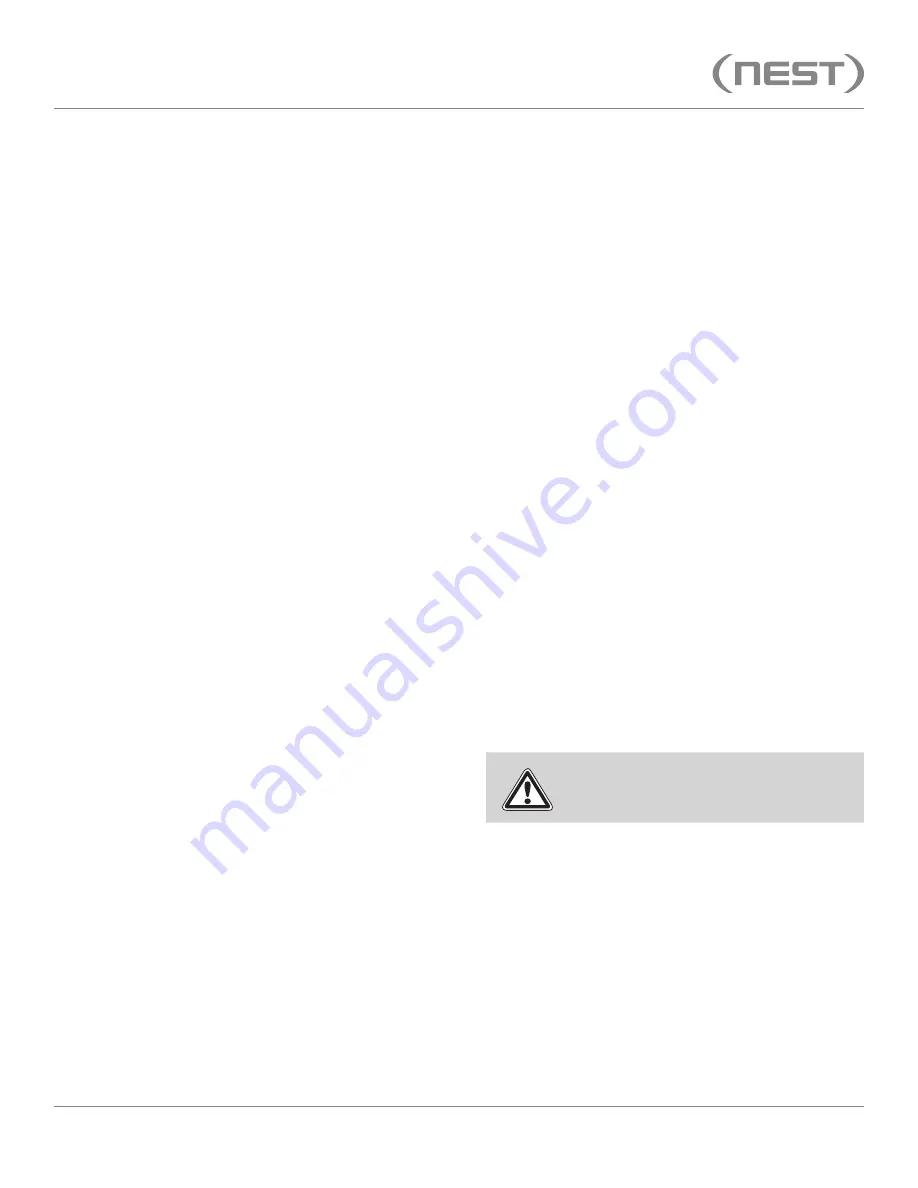
8-5
To reduce the risk of tire failure, we strongly recommend the
following:
1. Check the pressure in your tires, including your spare,
at least monthly when the tires are cool (after the
vehicle has stopped three hours and then driven less
than one mile). Do not reduce pressure when tires are
hot. Use a tire gauge to check pressure and maintain
it at the recommended level.
2. Never overload your tires. Heed the maximum load-
carrying capability of your tires.
3. Check your tires frequently for scrapes, bulges,
separations, cuts or snags resulting from use. See
your tire dealer immediately if any such con dition is
discovered.
4. Never operate your vehicle in excess of lawful speeds
or the maximum speeds justified by driving conditions,
or in excess of speeds recommended for the tires you
are using.
5. Make every effort to avoid running over objects that
may damage the tire through impact or cutting, such
as chuck holes, glass, metal, etc.
6. Never drive on smooth tires. Tires should be re- moved
when 1/16 in. of tread depth remains. In most states it
is illegal to drive with less than 1/16 in. remaining tread
depth.
7. Park out of the sun whenever possible when in warm
climates. In desert regions, use tire covers to prevent
ultra violet light deterioration to tires.
Tire Inspection and Storage
Before taking your trailer on a trip or when removing it from
an extended storage period, make it a practice to inspect the
overall condition of your tires. Check for any type of condition or
damage that might result in failure.
A thorough check should include both inside and outside
sidewalls, tread area and the condition of hardware such as valve
stems, valve caps and wheels. The tread should be checked for
any unusual wear, cracking, penetrations and/or cuts. An uneven
wear pattern can indicate mis- alignment or worn suspension
parts.
Since many RVs are used seasonally and sometimes stored for
extended times, it is possible that tires will take many years to
wear out. Tires, as any rubber product, will age over time. If tires
show cracking in the sidewall or tread surfaces that are more
than 1/16 in. deep, they should be replaced before your next trip
or vacation.
Store your RV in a cool dry area away from major heat sources
and extreme cold. An enclosed storage area is best with no
exposure to electromagnetic sources such as generators or
transformers. If you must keep your trailer outside, cover your
tires from direct sunlight. Take your trailer to your tire dealer for
service to check or correct any of these conditions.
Tire and Wheel Replacement
It is possible to replace your tires with a different size,in some
instances, to increase your load capacity with a different inflation
pressure. If there is a reason to replace your tires with a different
size, make sure the following checks are made before the
purchase:
• Does the replacement tire have the load capacity that is
needed for my trailer and will it fit properly inside the wheel
well?
• Will the overall diameter difference affect the braking system?
• Is the increase in air pressure compatible with the maximum
rated pressure stamped on the rim?
Most trailers are towed at or near maximum loads during hot
weather and then left idle for months. In normal use, oils in the
tire come to the surface during flexing and protect the rubber
from ultraviolet light. But when the trailer tires sit idle too long,
natural aging may cause the rubber to crack prematurely,
especially in the sidewall area. Trailer tires over five years old
should be inspected by a tire expert for cracking and replaced
even if it has no apparent tread wear.
Choose a tire adequate for the load. The load rating printed on
the sidewall will show the maximum load that can be carried at a
defined pressure.
WARNING
Do not mismatch wheels and tires.
Axle systems are installed with hubs and drums that are
compatible with many wheels used in the recreational vehicle
industry that have matching bolt patterns. If the original
manufacturer-installed equipment is in need of replacement,
the wheel manufacturer should be contacted for proof of
compatibility prior to replacement and use.
Customers replacing original equipment that has not been tested
for compatibility must ensure the replacements are compatible
to the hub and drum assembly installed. Such elements of
compatibility include, but are not limited to:
• Diameter of the hub-mounting surface.
• Stud length and diameter.
• Location and number of studs.
Содержание (nest) 2019
Страница 1: ...2019 Owner s Manual...
Страница 2: ......
Страница 4: ...B Notes...
Страница 6: ...1 2 Notes...
Страница 22: ...3 10 Notes...
Страница 26: ...4 4 Notes...
Страница 40: ...5 14 Notes...
Страница 64: ...8 12 Electrical Diagrams 12 Volt DC Main Schematic...
Страница 68: ...8 16 Notes...
Страница 69: ......





























